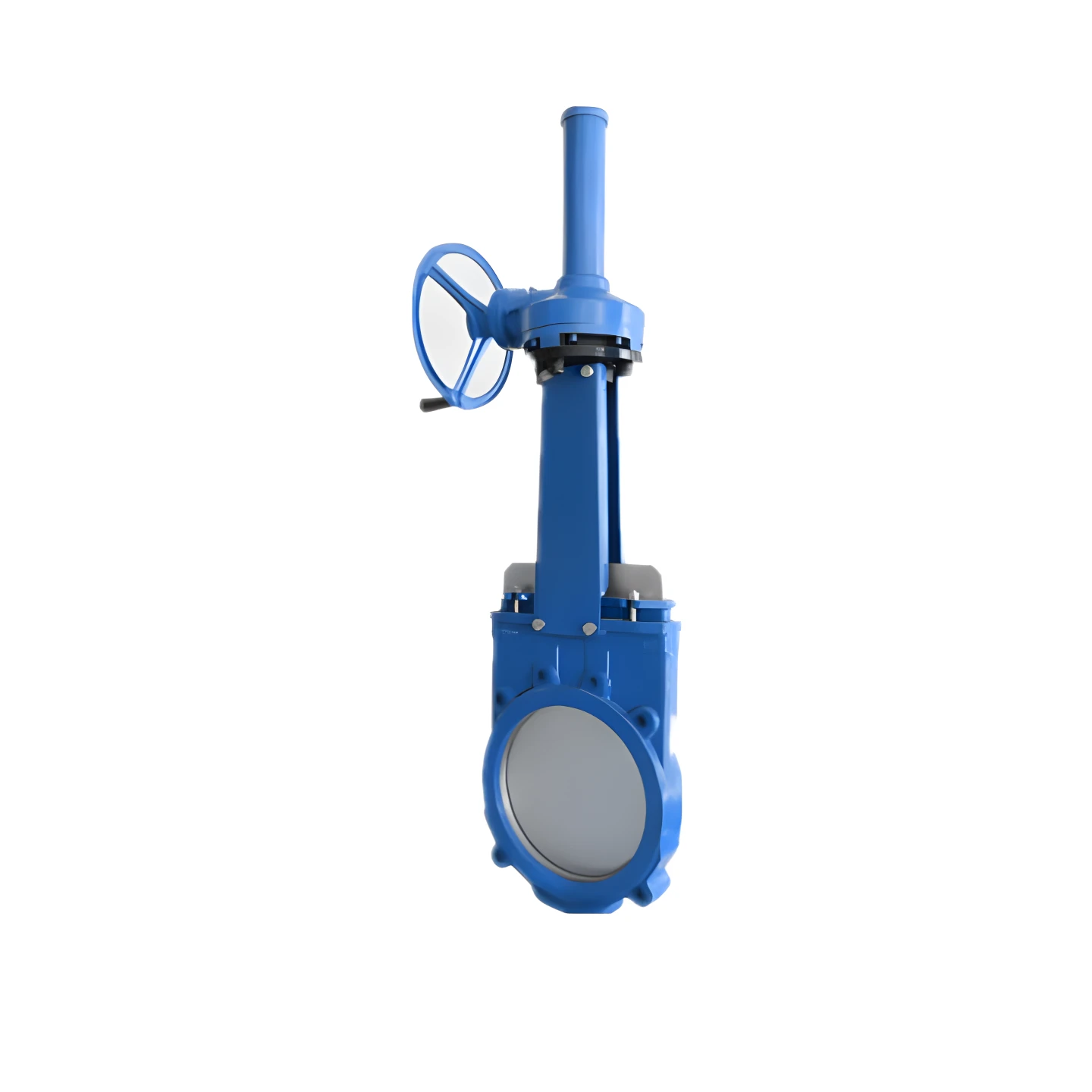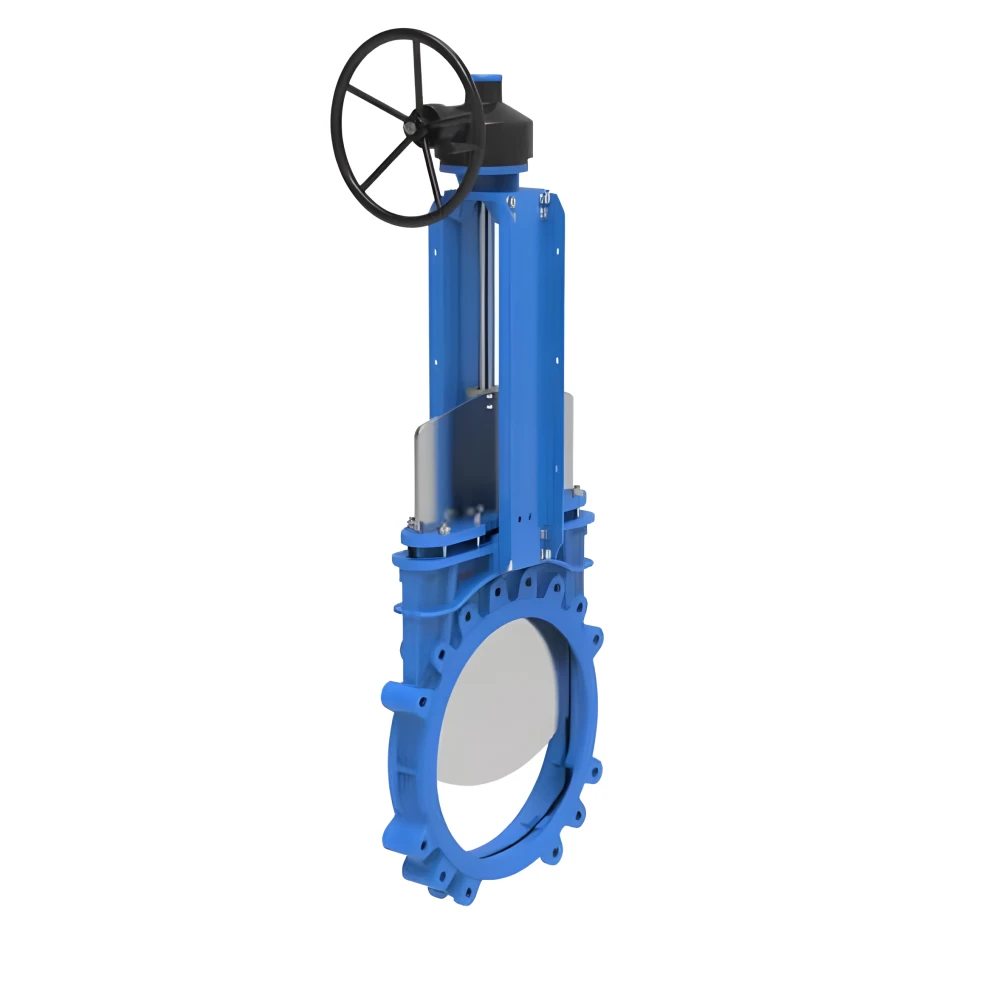Basic Info.
| Model NO. | Knife Gate Valves | Material | Ductile Iron, Stainless Steel, Duplex |
|---|---|---|---|
| Connection Form | Flange | Pressure | Ordinary Pressure |
| Actuator | Pneumatic | Seal Surface | Parallel Gate Valve |
| Thread Position of Valve Rod | Outside Gate Valve | Usage | Flow Control |
| Application | Industrial Usage, Water Industrial Usage | Transport Package | Plywood Cases |
| Specification | DN50-DN1200 | Trademark | QIF/I-FLOW |
| Origin | China | Production Capacity | 5000pieces/Month |
Product Overview
This valve is designed for versatile applications, featuring a rising stem for visual position indication and stainless steel components for enhanced durability.
Features
- Two-way flow capability
- Rising stem for position visibility
- Ductile iron body with stainless steel components
- Suitable for various industrial applications
Technical Specifications
| Parameter | Specification |
|---|---|
| Valve Type | Knife Gate Valve |
| Body Material | Ductile Iron |
| Stem and Gate Material | Stainless Steel |
| Operation | Manual or Automated |
| Connection Type | Flanged |
| Pressure Rating | PN10/16 |
| Temperature Range | -20°C to 120°C (-4°F to 248°F) |
| Size | As specified |
| Seal Material | Reinforced Rubber or Metal |
| Leakage Rate | Minimal leakage |
Installation Instructions
Preparation: Ensure the pipeline is clean and free from debris. Verify flange compatibility.
Mounting: Align the valve with the pipeline flanges. Use appropriate gaskets and bolts to secure the valve. Tighten bolts in a criss-cross pattern for even pressure distribution.
Inspection: Check the rising stem for smooth operation and ensure there are no obstructions in the valve.
Operation Guidelines
- Opening/Closing: Rotate the handwheel or use an actuator to raise or lower the gate.
- Flow Control: Ensure the valve is fully open or closed to prevent partial obstruction and ensure optimal flow control.
Maintenance
- Regular Inspection: Perform regular inspections for signs of wear or damage. Ensure the stem and gate components are in good condition.
- Seal Maintenance: Inspect seals periodically and replace if necessary to maintain tight sealing and prevent leakage.
- Cleaning: Keep the valve clean and free from external contaminants to ensure smooth operation.
Safety Precautions
- Use appropriate personal protective equipment (PPE) during installation and maintenance.
- Ensure all personnel are trained in valve operation and safety protocols.
Troubleshooting
| Issue | Possible Cause | Solution |
|---|---|---|
| Valve does not open/close | Obstruction or mechanical fault | Check for obstructions and inspect components |
| Leakage | Worn or damaged seal | Replace the seal |
| Stem malfunction | Mechanical fault | Inspect and lubricate stem |
Product Show

















